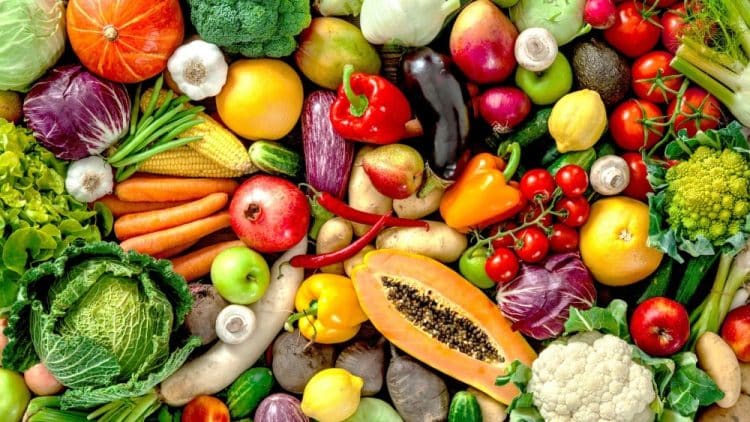As diets around the world have continued to include more natural ingredients and plant-based foods, the demand for fruits and vegetables is steadily rising, and as a result, so is the amount of total fruit and vegetable waste (FVW). FVW are the parts that go unused, either due to processing, manufacturing, improper handling, or many other potential reasons encompassing “negligence or a conscious decision to through [sic] food away.” These parts often include the rinds, peels, stems, pits, seeds, roots, leaves, pulp, stones, pomace, etc. Most fruits and vegetables create at least 25% to 30% waste. [1]
That’s a lot of waste that doesn’t necessarily need to be wasted. “Studies have revealed that significant amounts of phytochemicals and essential nutrients are present in the seeds, peels, and other components of fruits and vegetables not commonly consumed.” [1] This makes FVW a rich resource for extracting phenolic compounds, dietary fibers, and other bioactive compounds. Fermentation of FVW has already been used to isolate flavors, ethanol, enzymes, methane, citric acid, lactic acid, and other food ingredients in use today. All of these extracted compounds are used in industries like food, cosmetics, pharmaceuticals, as well as food research.
Extraction is the most important factor when it comes to obtaining these beneficial bioactive compounds from FVW. The most common products isolated for extraction include dietary fiber, phenolic compounds like flavonoids and tannins, flavoring agents and aromas, several types of enzymes, organic acids, and proteins. In the referenced free access study, extraction methods for FVW were classified as either conventional or nonconventional. Soxhlet, hydro-distillation, and maceration were described as the three main conventional extraction methods, among a few others. Nonconventional extraction included techniques like microwave-assisted extraction (MAE), pulsed electric field (PEF), enzyme-assisted, liquid-liquid, solid-liquid, and a few others.
Each extraction method has its pros and cons when it comes to extracting from FVW. Some work better than others for extracting specific compounds, while others work best when working with specific FVW materials. The previously described conventional methods were said to be inferior when compared to newer nonconventional methods like MAE and PEF due to several reasons, including difficulty in obtaining high purity, longer extraction times, and low extraction selectivity.
Specific examples of the superior techniques are cited; they include a study where MAE improved antioxidant power of extracted mango peel up to six times compared to conventional solvent extraction [2]. MAE was also cited as a superior method for the extraction of caffeine and polyphenols from green tea leaves [3]. As another example, PEF has been shown to boost anthocyanin and polyphenol recovery from “Merlot” grape skins [4].
More research is needed to continue narrowing down the best extraction methods for FVW so we can start turning the FVW problem into a solution for retrieving the numerous beneficial properties of plants that are currently being wasted.
References:
1- Sagar N, et al. Fruit and vegetable waste: bioactive compounds, their extraction, and possible utilization. Comprehensive Reviews in Food Science and Food Safety. 2018;17(3):512-531. https://onlinelibrary.wiley.com/doi/abs/10.1111/1541-4337.12330. Times Cited: 195, Journal Impact Factor: 12.24
2- Dorta E, Sogi DS. Value added processing and utilization of pineapple by-products. In: Lobo MG, Paull RE, eds. Handbook of Pineapple Technology, Production, Postharvest Science, Processing and Nutrition. Oxford: John Wiley and Sons; 2017:196–220. Times Cited: 7 (Semantic Scholar)
3- Pan X, Niu G, Liu H. Microwave-assisted extraction of tea polyphenols and tea caffeine from green tea leaves. Chem Engr Proc. 2003;42:129–33. Times Cited: 439 (Semantic Scholar) Journal Impact Factor: 3.731
4- Delsart C, et al. Enhanced extraction of valuable compounds from merlot grapes by pulsed electric field. Am J Enol Viticul. 2012;63:205–11. Times Cited: 68 (Semantic Scholar) Journal Impact Factor: 2.113











